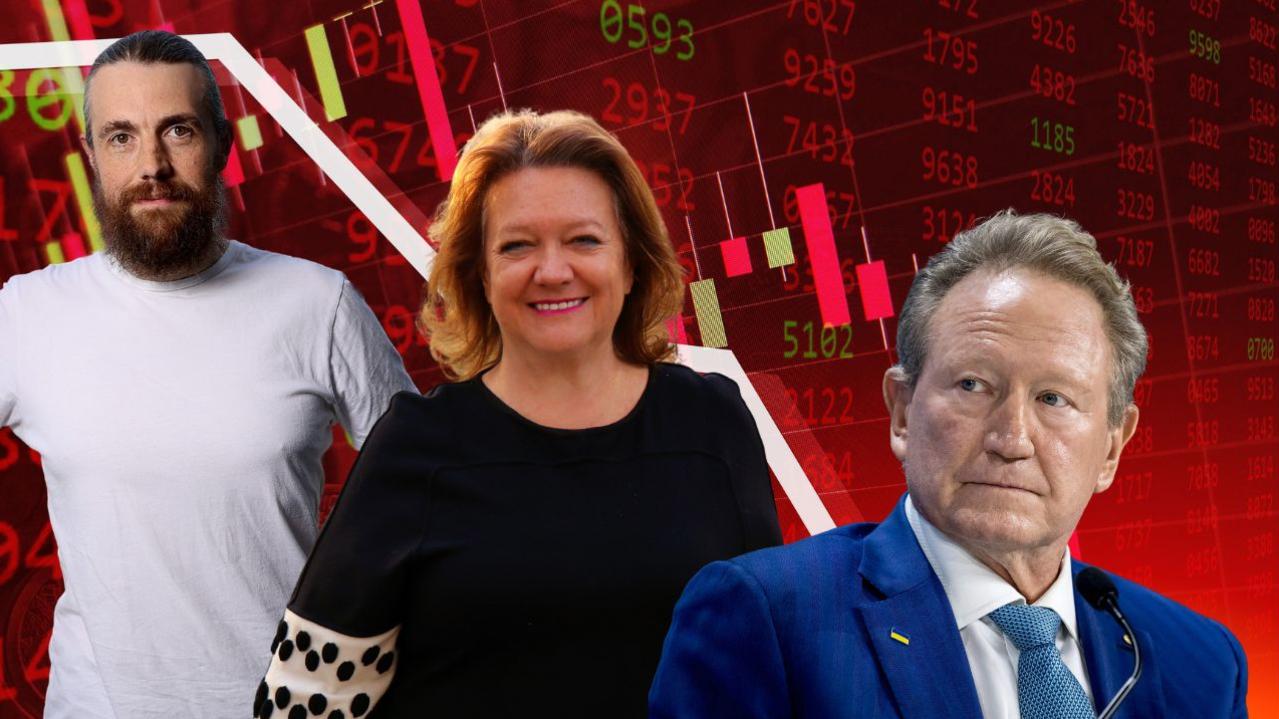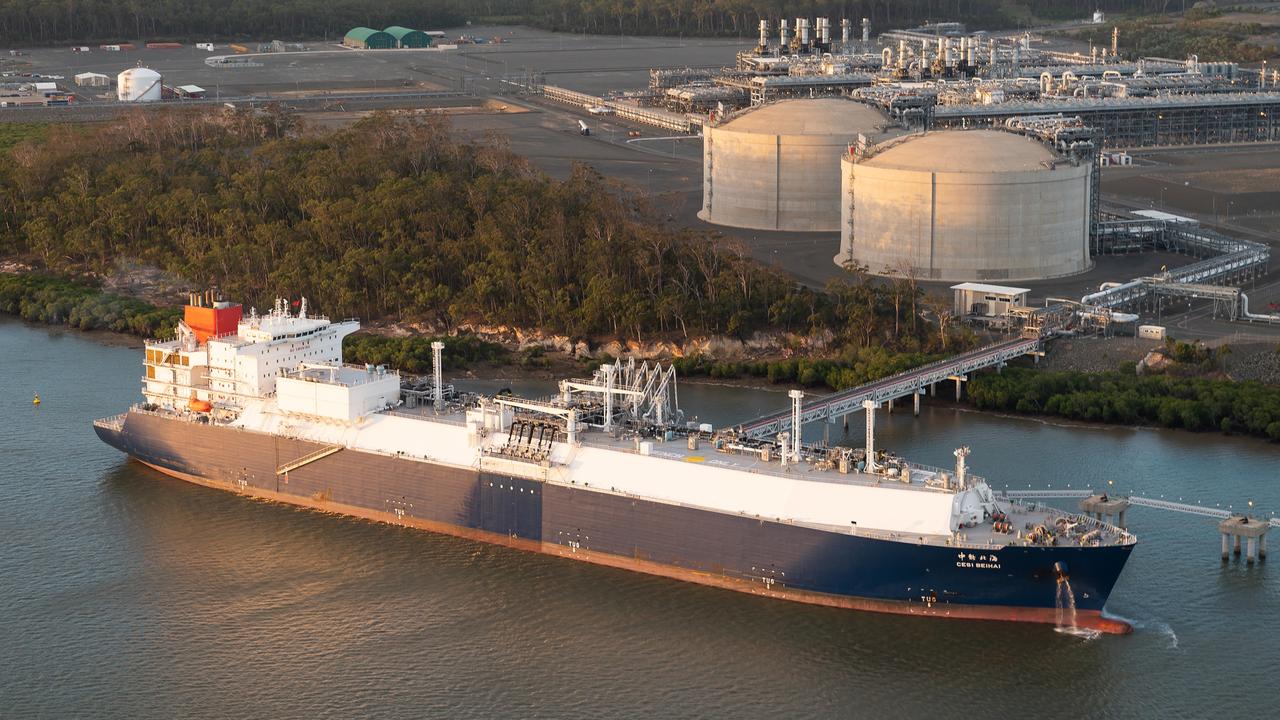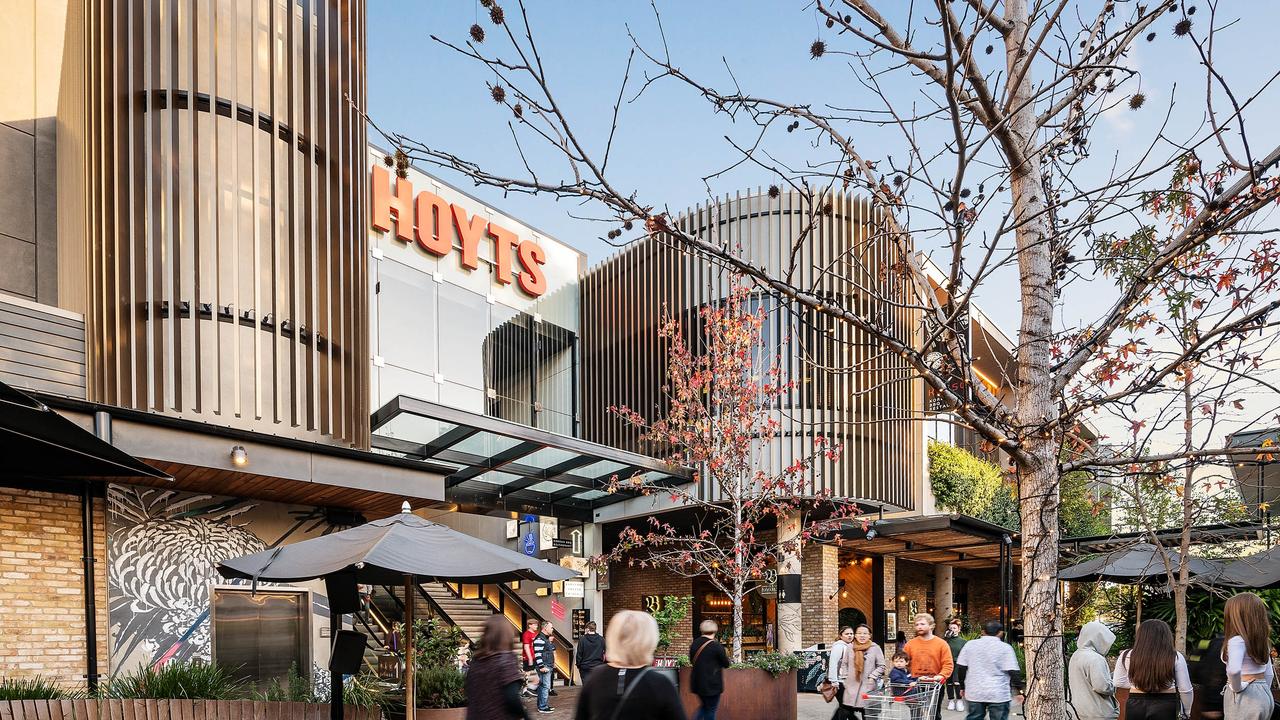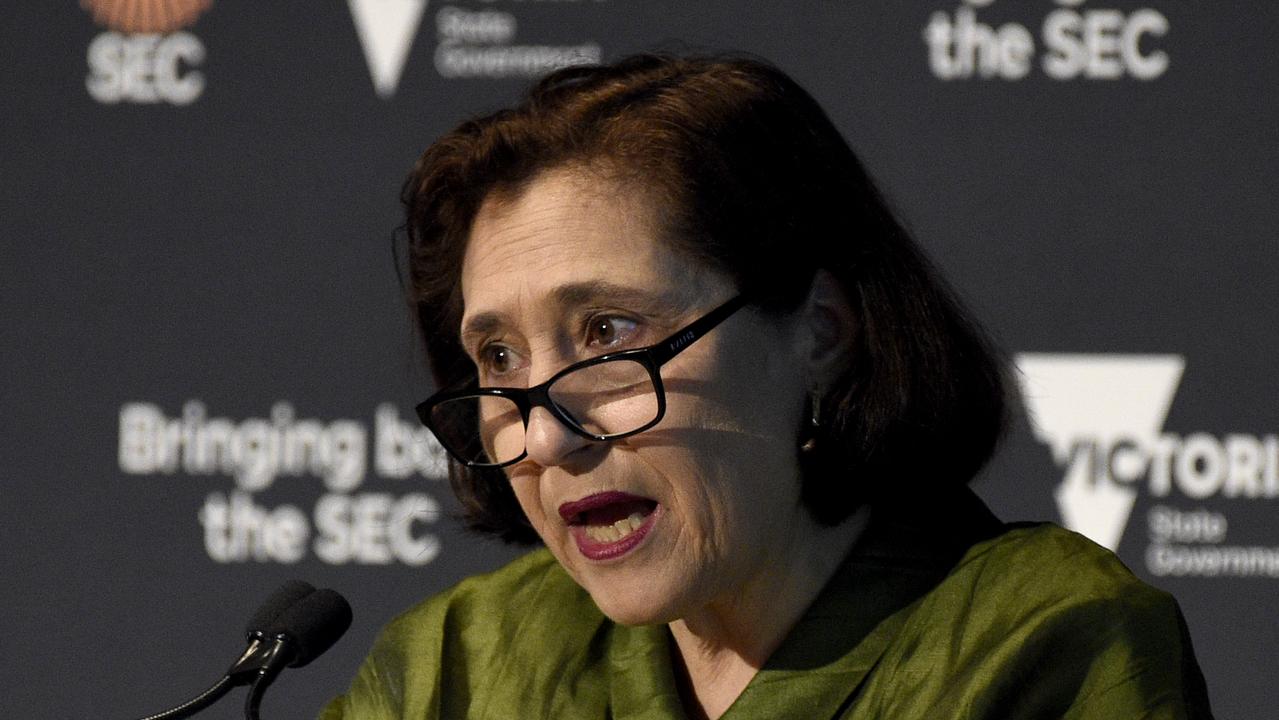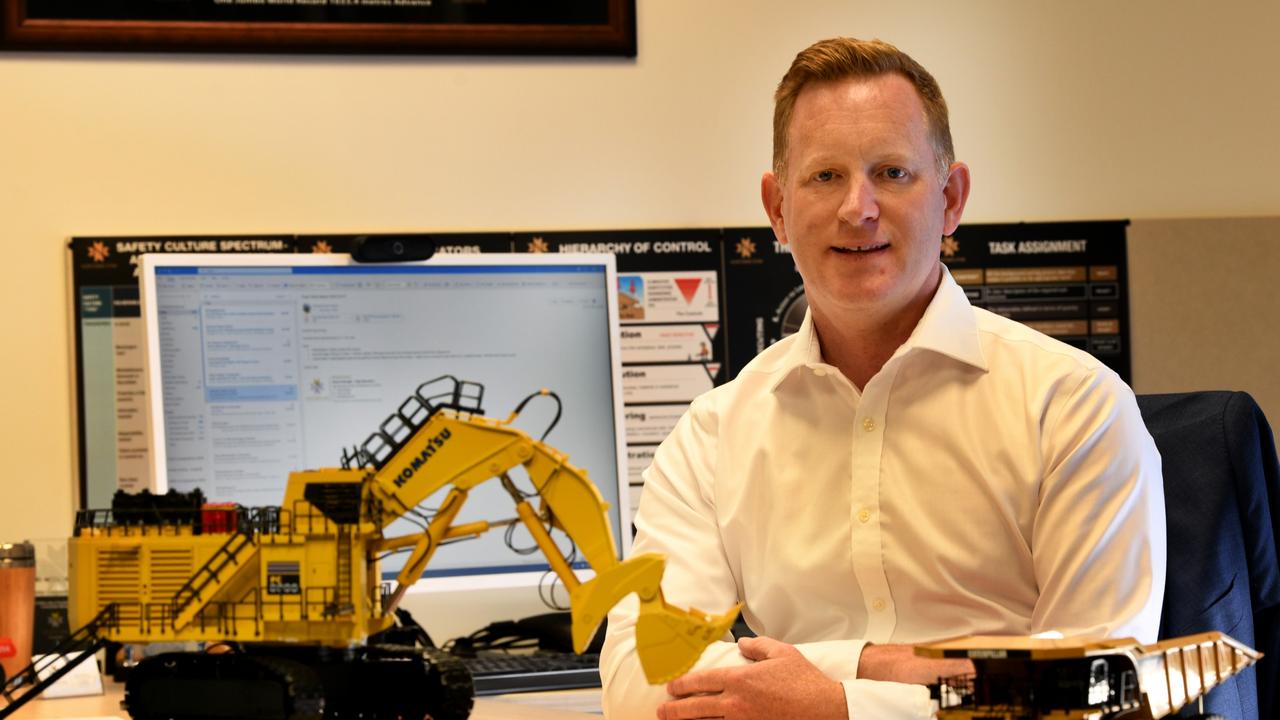Market losses and cyber hacks add to the annus horribilis for Big Super but won’t hurt SMSFs
Overexposure to US stocks, general poor behaviour and cybersecurity breaches have put Big Super under siege, but it’s now that self-managed super funds can shine.
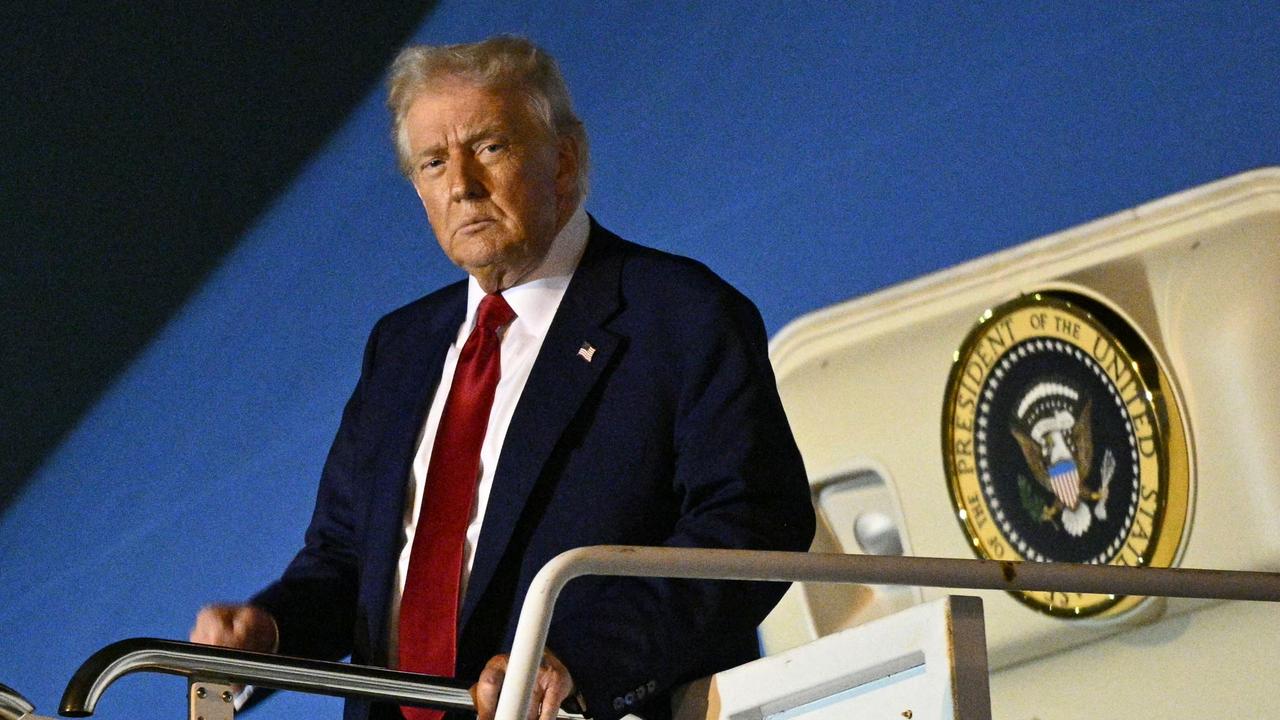
Business
Don't miss out on the headlines from Business. Followed categories will be added to My News.
The worst aspect of this week’s Wall Street wipe-out will be a gnawing sense of powerlessness.
If you are an investor in a major super fund it must hurt to know “Big Super” has walked your money straight into this Donald Trump tariff chaos.
And while you watch the share market tumbling there is also the chance your super fund is in the middle of a cybersecurity nightmare.
In a case of very bad timing, Australia’s biggest super funds have been shifting huge volumes of money offshore – and the US share market has been the top destination.
It’s a startling example of the limitations now facing Big Super. Because they are too big for the ASX, they simply must move money to global markets and more than 60 per cent of the global share market is represented by Wall Street.
And as any active investor can tell you, the US is the worst-performing major market this year.
But just because Big Super “must” continue putting money into this zone of elevated risk does not mean that you must too.
Separately, Big Super’s penny pinching on technology investment is now hitting hard.
On Friday the industry revealed it had been enduring a sustained and co-ordinated cyber attack in recent days. One of the biggest funds in the market, REST, suffered a data breach where details of at least 8000 members were compromised.
If you were lucky enough to escape the cyber attack at REST, it might be just as stressful to have your money with HESTA where more than one million investors are facing a 52-day blackout from April 12 until June 2 when the fund will not process contributions … or investment switching requests!
And don’t forget the regulator now has legal cases relating to the payment of death benefits running against Big Super at Cbus and AustralianSuper. ASIC boss Joe Longo has described the superannuation industry as a poster child for poor corporate governance.
This is a time where control – the ability to move money around as you see fit – is going to be very important.
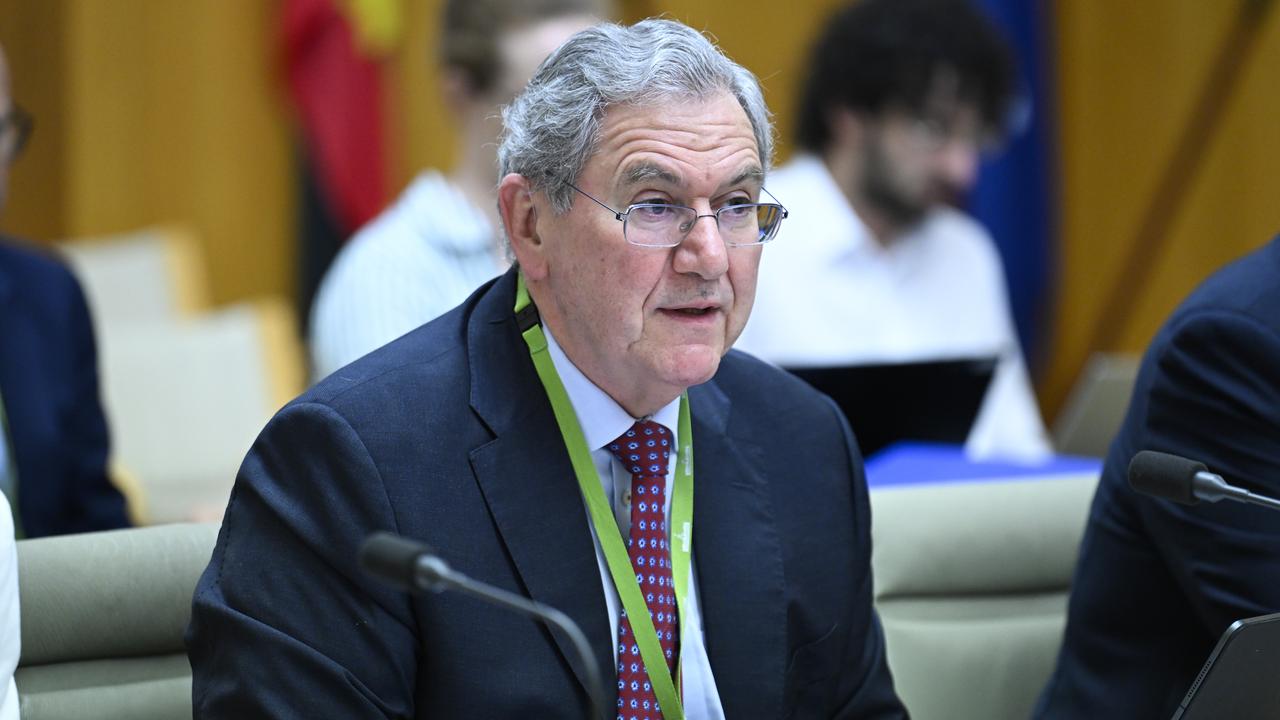
Even if you have decided your Big Super fund is good enough for your purposes – and the long-term record of sold investment performance has to be acknowledged – you should review the menu choices you have made inside your fund. Keep in mind that these choices between “conservative, balanced and growth” offered by major funds are based on rubbery definitions – many funds have come under criticism for having their investments much more at risk than might be evident from those headline descriptions.
As Hugh Robertson of the Centaur Financial Services group – a Barron’s Top 150 adviser – says in the latest Money Puzzle podcast: “I’d be concerned – we’ve had an industry fund that calls itself balanced and had 92 per cent in shares at one stage – there is nobody in this world that would think that is balanced.
“The regulators need to hold these funds to account.”

How about an SMSF?
One thing we know about SMSFs is that they tend to become more popular not when markets are up but when they are down; the last upsurge in SMSF commencements coincided with the arrival of the Covid crisis in 2020.
We also know that investors in SMSFs have an enduring bias towards Australian domestic shares and cash – this may have cost in terms of underperformance in recent years where many will not have matched the returns of Big Super which had been bolstered by US markets and unlisted assets.
This year, it is a very different picture. The ASX has done relatively better so far.
Moreover, key ASX sectors such as banks (other than CBA) are now offering yields after franking of close to 8 per cent.
Yet the Big Super funds have actually been reducing their cash levels heading into this tariffs sell-off.
Leading super funds now have around 4 per cent of their investment in cash – in contrast the ATO tells us the typical SMSF has about 16 per cent in cash so it’s a dramatic difference.
As Deutsche Bank’s Lachlan Dynan said this week: “The decidedly low levels of cash holding is an interesting development.”
In other words Big Super has been cutting cash when it should have been building cash – a clear tactical win for the SMSF brigade.
This is not an argument for starting an SMSF if it does not suit you. Despite what the advisers might tell you, there is constant vigilance required to manage a SMSF and if you are paying an adviser $5000 a year then you should have $500,000 in the fund at least.
However nothing stays the same for long – passive investing has allowed new-style SMSF funds to have extremely low annual fees with portfolios heavily based on exchange traded funds. With this arrangement there is an argument SMSF funds could be kicked off with around $250,000.
It’s your call, but if ever there was a time to consider the move – this is it.
James Kirby hosts the twice-weekly Money Puzzle podcast
More Coverage
Originally published as Market losses and cyber hacks add to the annus horribilis for Big Super but won’t hurt SMSFs





